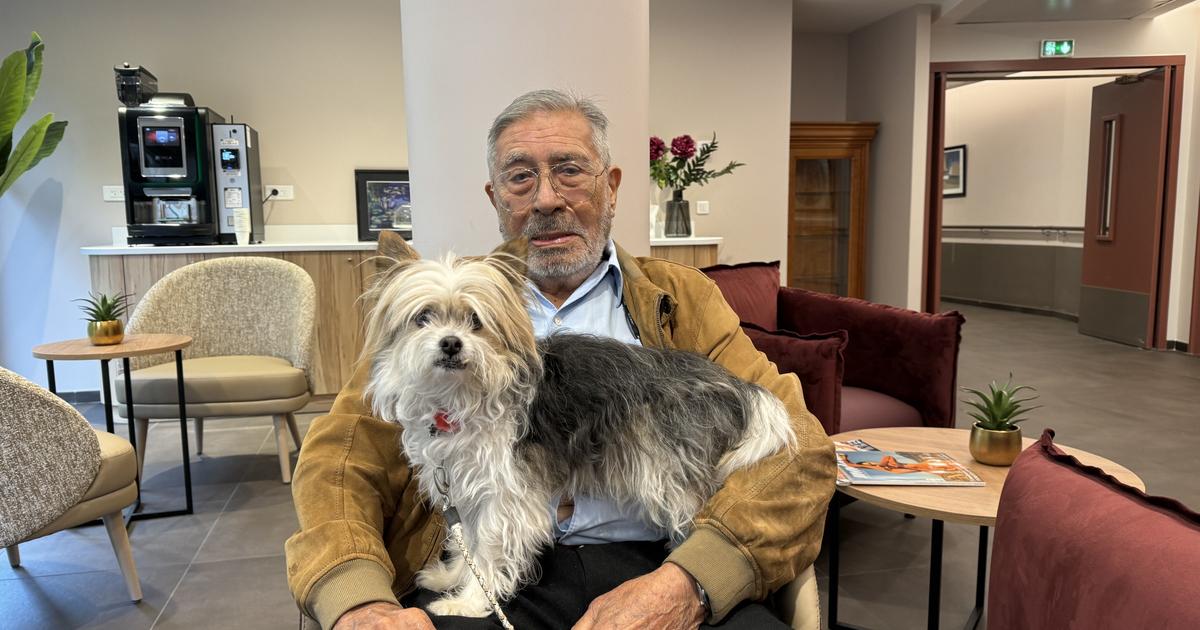"Some elders asked me that it was Mi Qu's fault, so I would like to tie him up?" The aging population in Hong Kong is increasing, and one out of every five citizens is an elderly person. The trend of “restraint” is still regarded as an option for safe care. In recent years, some non-profit-making organizations have implemented the “Reduce Restraint” plan, and have arranged for employees of 4 RCHEs to receive a 60-hour training course to reduce the use of seat belts, restraint clothing, Tools such as T-shaped anti-skid belts allow the elderly to enjoy the "unbound" old age in peace.
The person in charge pointed out that a one-year follow-up study was conducted on 110 elders who accepted the pilot scheme, and it was found that 30% of the respondents achieved "zero restraint" afterwards, reflecting that the practice was feasible, and it was hoped that the SWD would take it seriously and promote it to more hospitals. Refrain from implementing measures.
The most common reasons for restraining the elderly in RCHEs are related to fall prevention or medical procedures
According to statistics, there are about 1.45 million residents aged 65 or above in Hong Kong, and there are about 59,000 elderly people living in various residential care homes for the elderly, accounting for about 4.1% of the relevant population. The study found that the proportion of elders in residential institutions experiencing physical restraint increased sharply from 52.7% in 2005 to 70.2% in 2015. The reasons were related to old age, impaired living or cognitive function, incontinence, brain degeneration and negative emotions .
Xu Ruoping, a course instructor in the Department of Internal Medicine and Pharmacology of CUHK, who had tried not to wear restraint garments for the elderly in the Shatin Hospital ward, said that the reasons for restraining the elderly in the RCHE include fear of falling down, and protective medical procedures such as preventing the patient from pulling out the stomach and throat. According to a research report, even if physical restraint is imposed on the elderly, it will not help to reduce falls, but will actually cause psychological and physical effects on the elderly, resulting in muscle loss or organ decline. There have even been cases in Hong Kong where the elderly struggled to death after being restrained. Therefore, restraint is not a panacea. "In particular, patients with dementia will not be improved by being tied up, but their thoughts will be confused...it will only worsen the more tied up, depriving the elderly of their freedom and dignity." She suggested that the senior management of the nursing home must have a cognitive change in the concept of care. , first to understand the reasons behind the elders' out-of-order behavior, "It's not the first time to think about tying up first. Even elders with violent tendencies can take the lead in reducing restrictions."
Daughter sees her father tied to the chair and can't move: Am I a tight accomplice?
Cui Zhiwen, deputy general manager of the Jockey Club Senior Citizens Park, which implements the restraint reduction plan, said that he had encountered an elderly person wearing a restraint suit in a residential home and asked, "Ask me because Miqu made a mistake, and I want to tie him up like this?" He reflected on the deep-seated reasons why the elders were bound, and the organization was determined to change the current situation of the elderly care industry. (Western District), Christian Family Service Center, and Chi Lin Nursing Home for the Elderly, arranged for their staff to receive a 40-hour training on reducing restraint, plus about 20 hours of case analysis and guidance, and gave a total of 110 to two of the elderly homes. A case follow-up study was conducted on elderly people who had been restrained, and it was found that 30.9% of them, that is, 34 elderly people, were able to achieve "zero restraint" after 12 months. It can gradually improve the problem of the elderly being prone to falls, and there is no need to "tie for the sake of binding" and ultimately sacrifice the quality of life of the elderly.
Uncle Rob's daughter, Miss Luo, said that her father is now over 90 years old. Before he was admitted to the institution, he was in good health. He insisted on running back and forth from Pok Fu Lam Reservoir to the top of the mountain every morning. Unsteady, she repeatedly fell out of balance at home, which made her worry about her father's health problems. After discussing with her family, she arranged for him to be admitted to a residential care home for the elderly, so that a caregiver can take care of her around the clock.
In the early days of his stay, Uncle Rob could still use the handrail walker to get out of the hall from the room. Later, he suspected that his body function deteriorated sharply due to the relationship on the long seat. He started to use the T-shaped anti-slip belt to stabilize his sitting posture. The skin surrounded by diapers appeared sensitive and had a rash, which made her question, "Actually, I sign a paper every month to agree that my father is restrained by (the use of tools by the staff of the nursing home), is Mi a close accomplice?" In the restraint plan, my father changed from using T-belts to non-slip back pads and seat cushions, and the skin problem was greatly improved, which made her feel more at ease.
"It will degenerate if it is tied up. After that, it will become more and more uncomfortable, and the muscles will start to lose. On the contrary, it will be better without the T-belt. It feels that (father) is sitting loose."
+1
Ah Jun, an employee of the Cultural Village Professional Nursing and Attention Home who has taken care of Rob, said that she has worked as a health worker in the home for about 4 years. Her main tasks include dispensing medicines to the elderly and observing the skin condition of the elderly. She stressed that she has never wanted to use restraints on the elderly. tools, but I agree that safety is more important than everything else. "Family and we all want the safety of (elders)." After she received training on the restraint reduction program, she was worried at first that it would be difficult to implement it, but with the help of professionals After in-depth teaching and analysis, I began to see results. Taking Rob as an example, if he sat on the chair without the T-shaped anti-slip belt, his body would slowly slide down on his own, but after using the T-belt, "he couldn't get up at all, and he was depressed. It's so annoying and annoying... After discussing with the experts about using a non-slip seat cushion and a back cushion, she is in good spirits and happy again. It's not like she said before, "It's boring to bind me (being a person)"." The relationship between the two sides became more and more Harmony made her understand how to reduce constraints and instead find a way to explore the reasons why the elderly are often depressed, so that the elderly can live a better quality of life in the home.
The elder asked, "Ximi made a mistake and wants to tie the canal." The organization pushed the restraint plan to 4 nursing homes for the elderly | Young and new blood entering the industry pays attention to dysphagia.
2. Taking care of seriously ill parents, Zhuang Meiyan experienced being tied up: like an animal
01 Community









